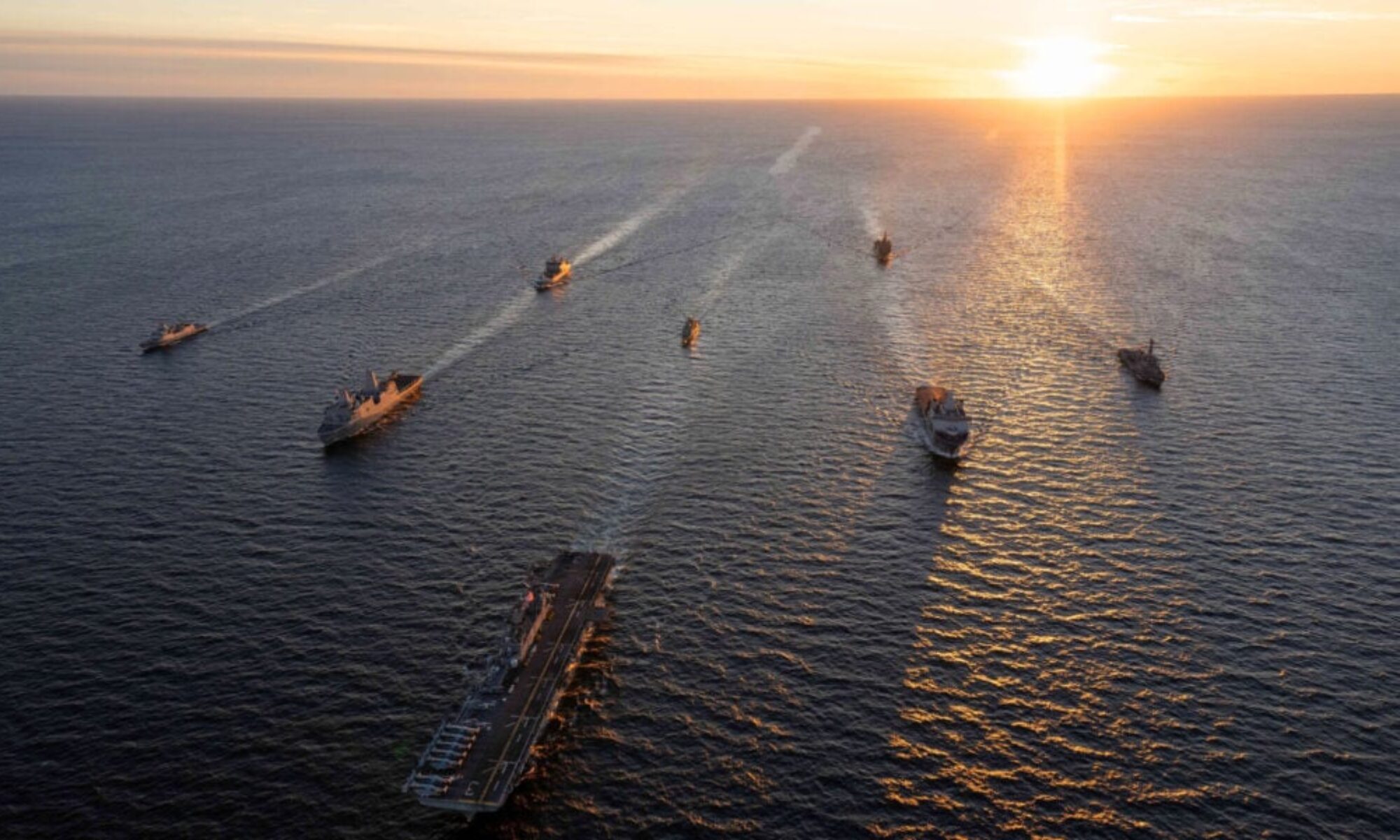
Introduction
The 2025 Annual Threat Assessment (ATA) from the U.S. Intelligence Community delivers a direct message to America: our adversaries are preparing, adapting, and collaborating in ways that threaten our security and way of life. For the U.S. Navy, this report underscores the urgent need to evolve—faster, smarter, and with the full backing of the American public. As a former destroyer sailor and founder of Americans for a Stronger Navy, I’ve never seen a clearer call to action.
Understanding the Threat Environment
The ATA outlines a world where state adversaries are growing more aggressive, not just militarily, but across cyberspace, space, and information warfare. These threats are not abstract—they are aimed at U.S. systems, infrastructure, supply chains, and naval dominance.
Key Takeaways
China
China is modernizing the world’s largest navy, expanding its presence in the Taiwan Strait and South China Sea, and using cyber capabilities like Volt Typhoon and Salt Typhoon to pre-position attacks on U.S. infrastructure. Its military posture is aimed at deterring U.S. intervention and achieving dominance by 2049.
Russia
Despite its losses in Ukraine, Russia remains dangerous, with a formidable submarine fleet, long-range missile systems, and anti-satellite weapons. Its activity in the Arctic and collaboration with China create new strategic complications for the Navy.
Iran
Iran is deploying proxy forces such as the Houthis to strike commercial shipping and challenge U.S. regional interests. Its growing cyber and missile arsenal pose immediate operational risks, particularly in the Red Sea and Persian Gulf.
North Korea
North Korea continues to expand its nuclear and missile programs while deepening ties with Russia. It remains an unpredictable and volatile threat with expanding long-range strike capability.
Adversarial Cooperation
China, Russia, Iran, and North Korea are now actively collaborating. The coordination of military, cyber, and intelligence resources among these nations raises the stakes for U.S. naval strategy and global readiness.
Why Americans Should Care
Our economy depends on maritime security.
Ninety percent of global trade—including food, medicine, and fuel—moves by sea. Disruption of those supply lines affects every American household.
A strong Navy deters war.
The Navy maintains peace through presence. Without adequate ships, infrastructure, and support, our deterrence fails—and the risk of conflict rises.
Cyber and space threats can paralyze daily life.
Adversaries are preparing to disable communications, GPS, power, and defense networks. Many of these systems are protected or enabled by the U.S. Navy.
Our enemies are coordinating.
No longer isolated, these states are combining their strengths to challenge U.S. global presence—and potentially to stretch our forces thin across multiple theaters.
National support is a strategic weapon.
A Navy without public backing is vulnerable. Understanding the threat landscape empowers voters, lawmakers, and communities to support smart, decisive investments in naval readiness.
Implications for the Navy
Fleet Modernization
The Navy must deploy hypersonic weapons, uncrewed platforms, AI-driven systems, and advanced missile defenses to compete in contested domains.
Forward Logistics and Pre-Positioned Assets
The Navy must expand its footprint in the Indo-Pacific, Arctic, and Middle East by investing in mobile logistics, fuel depots, and strategic alliances.
Cyber and Infrastructure Hardening
Cyber hardening is now a frontline requirement. Naval systems and civilian infrastructure that support operations—like ports and shipyards—must be resilient.
Space and Arctic Readiness
With increasing threats to space assets and the Arctic opening as a strategic corridor, the Navy must build capabilities for multi-domain and under-ice operations.
Industrial Base and Workforce Development
America must revitalize its shipbuilding industry and train the next generation of naval engineers and builders. We cannot deter tomorrow’s threats with yesterday’s tools.
Closing Thought
The ATA is not just an intelligence document. It’s a warning flare. Americans for a Stronger Navy exists to ensure the public understands these threats and responds with urgency. The Navy can’t do it alone. It needs your voice.
To Learn More
If you found this post informative, we invite you to explore and sign up for the Americans for a Stronger Navy Educational Series. This free, ongoing program dives deeper into the threats, challenges, and opportunities facing the U.S. Navy today—and why it matters to every American. Click here to subscribe to the conversation and become part of the solution.


